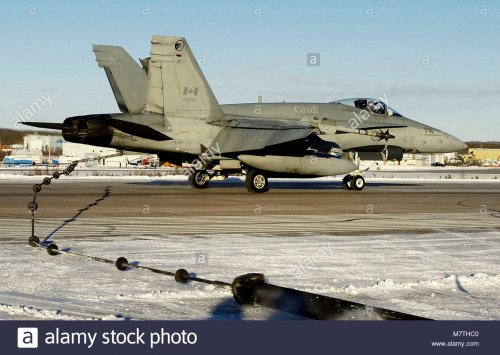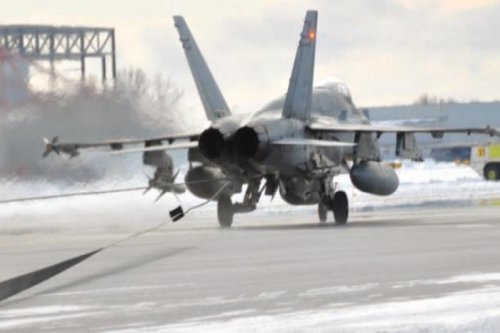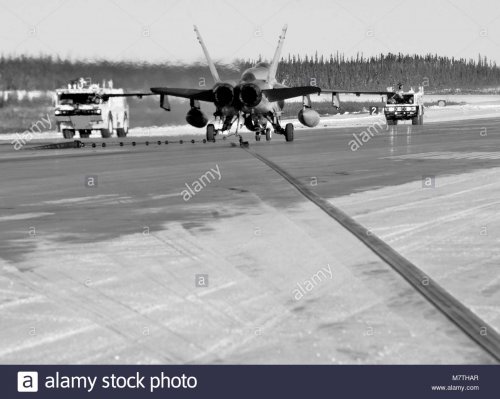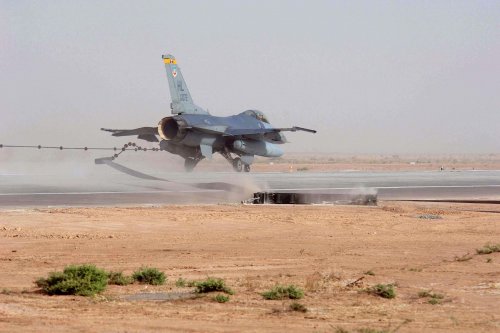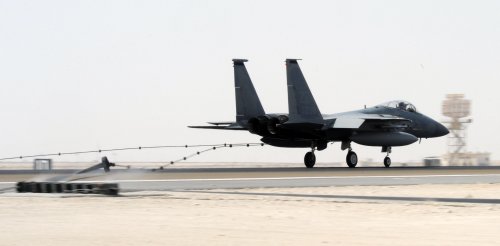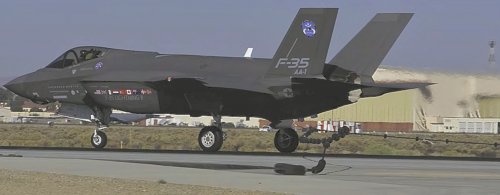Defence experts are skeptical that Justin Trudeau’s Liberal government will reap any significant windfall from buying a warplane that is cheaper than the controversial F-35 fighter.
The Liberals promised during the election campaign to look elsewhere for a plane and plow the savings into more ships for the Royal Canadian Navy. But military experts say different aircraft might not be a bargain when the costs of buying, operating and maintaining them over 20 to 30 years are tallied up.
“I don’t think it will produce the magnitude of savings that they think will fund the shipbuilding program,” said George Petrolekas, a retired colonel with the Canadian Global Affairs Institute.
“I don’t think there will be a significant savings in acquisition and I suspect there probably won’t be a significant savings in operating costs either,” Mr. Petrolekas said, referring to expenses such as fuel and staffing.
The sticker price of a fighter aircraft is a small portion of the overall cost of owning and operating it over decades.
Mr. Trudeau’s Liberals, who take power in Ottawa in early November, campaigned on a promise to jettison the Lockheed Martin F-35 as an option for replacing Canada’s aging CF-18 fighters. The defeated Harper government had planned to buy 65 F-35s from the United States, which has gone dramatically over budget in developing these leading-edge planes, before putting the matter on the back burner in 2012.
The Liberals pledged to buy “an equal or greater number of lower-priced, but equally effective, replacement aircraft.” They said they do not believe Canada requires a plane with the F-35’s stealth technology, but rather one that focuses on the defence of North America.
Lockheed Martin officials declined to address Ottawa’s change in attitude when contacted this week. “Lockheed Martin has not received any formal notification from the Canadian government that their status has changed concerning the F-35 program. They are a valued partner and we will continue to support them through their decision process to replace their aging CF-18 fleet,” the company said in a statement.
The Liberal promise means Canada will have to resign its partnership in the U.S. Joint Strike Fighter (JSF) Program.
This will affect future business for Canadian companies that won about $750-million in contracts related to the F-35 because Canada was a partner in the program. Canadian firms’ contracts will wind down and they will not be eligible to bid on further work.
A deal to buy a new warplane, whether it be the Boeing Super Hornet or a European rival, will bring industrial benefits for Canada, but as of now there are no guarantees for Canada’s aerospace industry and players that in some cases have spent a decade or 15 years preparing to bid on work related to the F-35s.
Scott McCrady, speaking on behalf of the Canadian JSF Industry Group, said things are not very comfortable now for the companies with F-35 contracts. “Ultimately, there are going to be jobs that migrate out of Canada to those countries that are buying the jets” if Ottawa exits the F-35 program, he predicted.
David Perry, a senior analyst with the Canadian Global Affairs Institute, said the Liberals will have to spell out exactly where they plan to find big savings before he will have faith it can be achieved. “There’s assertions that you could save a lot of money, but we’ll actually have to see the math,” he said. “Any speculation about exactly how cheap the alternatives to the F-35 would be will actually have to be verified.”
Former parliamentary budget officer Kevin Page, however, said he believes the Liberals can save more than $1-billion on the acquisition cost alone, estimating this to be more than $30-million per plane. There would be bigger savings in maintenance and operating costs, he predicted, adding that for this to happen, the government would need to pick a fighter that lacks “many of the features of the F-35.”

